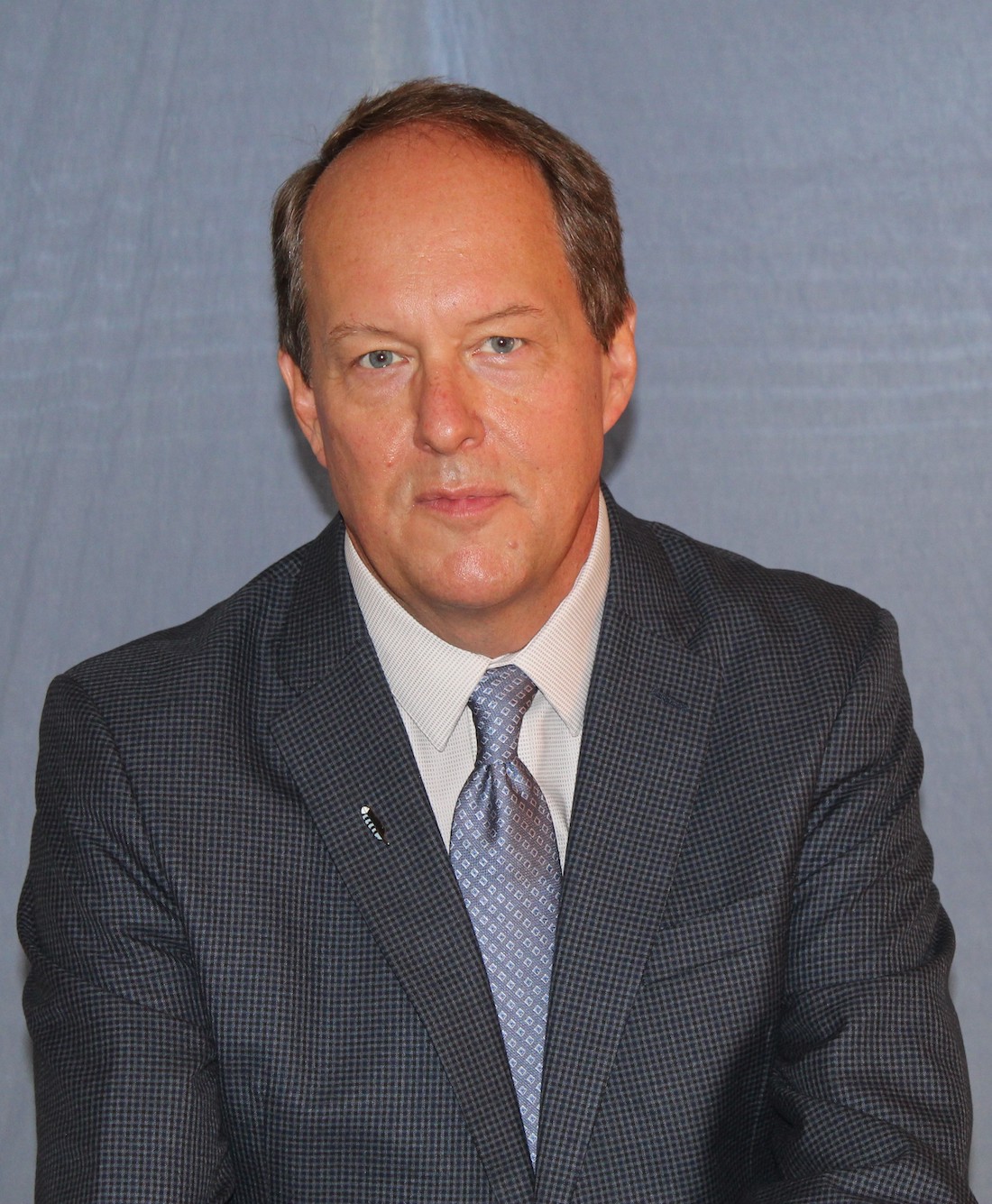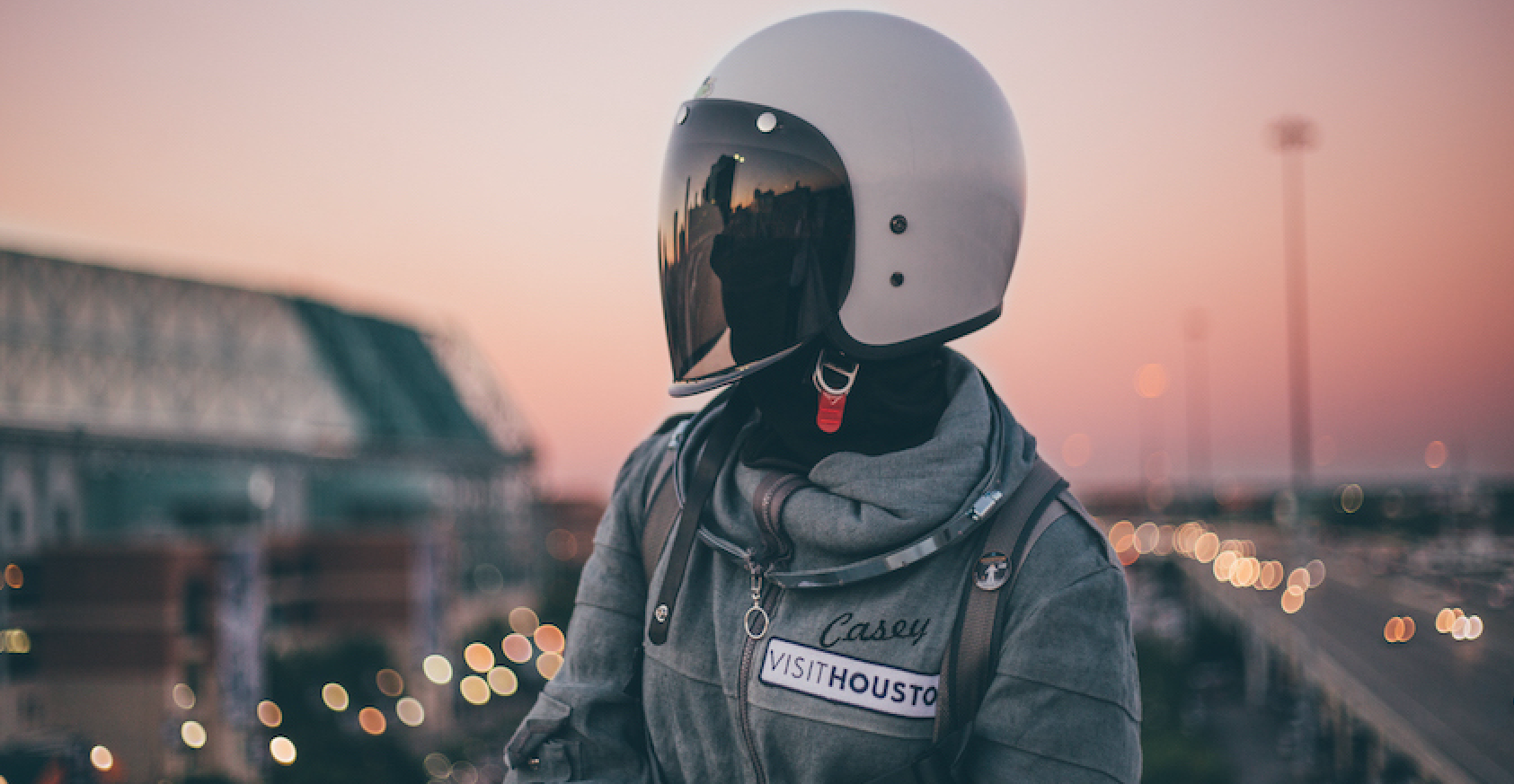Anniversary of First Lunar Landing Wins Best of Silver Anvil
By Greg Beaubien
November-December 2020
PRSA presented 53 Silver Anvil Awards and 58 Awards of Excellence at a virtual ceremony held during ICON 2020 on Oct. 27. “Space City: Moon Landing 50th Anniversary” received the Best of Silver Anvil Award. Visit the PRSA website for a list of all the recipients.
On July 20, 1969, people landed on the moon for the first time, when the U.S. lunar module Eagle touched down during the Apollo 11 mission. American astronauts Neil Armstrong and Edwin E. “Buzz” Aldrin Jr., became the first human beings to step foot on a planetary body other than Earth.
The Saturn V rocket that propelled the Apollo 11 spaceflight had lifted off from Cape Canaveral, Fla., four days earlier on July 16, 1969, but NASA’s Apollo Mission Control Center was located in Houston.
The city would forever be linked to the lunar landing when, after setting down on the moon’s “Sea of Tranquility,” Armstrong’s historic message to mission control was: “Houston, Tranquility Base here. The Eagle has landed.” Houston had been known as “Space City” since September 1961, when NASA had announced its Manned Spacecraft Center would be built there.
A half century after the first moon landing, Houston First Corp., a local government organization that operates performing-arts and convention facilities in the area, worked with TURNER PR to launch an integrated marketing campaign to help draw tourists to the city for the 50th anniversary of Apollo 11. The ensuing campaign earned Houston First Corp. and TURNER PR the 2020 Best of Silver Anvil.
Collaborating with major brands and city partners — including Space Center Houston, the NASA Johnson Space Center, George Bush Intercontinental Airport, United Airlines and more than 60 hospitality businesses — Houston First Corp. and TURNER created “Space City Month” for July 2019. Among its space-themed packages, events and programming were visitor tours of the Apollo Mission Control Center, restored to how it had looked in the 1960s.
Space race
Based on visitor demographics and behavior cited in multiyear studies, the PR team developed a psychographic profile of the Houston tourists who would become the campaign’s target audience and the basis for its media outreach.Among their characteristics, the visitors most willing to travel for the moon-landing anniversary were seen as innovative, curious and strongly interested in science, technology, engineering, art and math. They included affluent families hungry for knowledge and adventure, tech-savvy millennials, and baby boomers who had seen the moon landing on television in 1969 and still felt emotionally connected to the experience.
Houston First Corp. and TURNER built owned assets —marketing content it created and controlled, such as its website, blogs and social media accounts — which it then used as sources in its media-pitching efforts. The communications team created a campaign mascot called “Spacey Casey,” who wore a white helmet with a black face shield and a gray jumpsuit emblazoned with a “Visit Houston” patch.
“The Chronicles of Spacey Casey,” a blog that featured quiz-style itineraries of his appearances around the city, was included on the “Space City” microsite, which aggregated the campaign’s content for visitors and media. Spacey Casey got his own social media accounts, and even a Spotify playlist of his favorite “space jams.”
In order to be placed on “Where to Go in 2019” lists, the team pitched Houston’s moon-landing anniversary celebrations to the media nearly a year in advance. Leading up to “Space City Month,” more than 20 top journalists were hosted for a four-day visit to the city.
The campaign’s reach extended far beyond the Houston area. During the week of the Apollo 11 mission’s 50th anniversary, Houston Mayor Sylvester Turner rang the closing bell at the New York Stock Exchange alongside astronaut Tim Kopra. The Texas flag was draped outside the building on Wall Street that day, while Houston-related branding was seen throughout its interior.
The PR team secured tickets for themselves and Spacey Casey to appear, clad in matching NASA attire, in the audiences of the national morning-news shows “Good Morning America” and “Live with Kelly and Ryan,” and Comedy Central’s late-night “The Daily Show with Trevor Noah.” In New York, Spacey Casey also visited the offices of travel-magazine publisher Ink Global, and ate ice cream with editors from its publications Hemispheres and The National (for United Airlines and Amtrak, respectively).
Passengers on a July 23, 2019, United Airlines flight from Newark, N.J. to Houston were surprised to find space-themed decorations at the gate and goodie bags on their seats that included Moon Pie snacks and the “space food” of freeze-dried ice cream sandwiches.
Former NASA astronauts Peggy Whitson and Kevin Ford were aboard the flight, and passengers were offered a NASA channel of space-related entertainment. When the airplane landed in Houston and taxied toward the gate, celebratory water cannons arched over the jet from either side. In the arrival terminal, passengers were greeted by space-themed decorations and live music from an Army band.
Mission successes
The campaign had sought to increase visitors to Houston during July, when temperatures in the city often reach into the 90s with high humidity. (Summer is also hurricane season in the Gulf Coast area.) Hotel occupancies and revenues saw single-digit increases, and July ticket sales for Space Center Houston jumped by 25 percent, year over year.All told, Spacey Casey’s videos were viewed some 4.25 million times, along with 46,000 visits to his website and an engagement rate of 10 percent, more than double the industry average. During the campaign, social media accounts for “Visit Houston” gained new followers at twice their usual rate, reaching 7,000 on Instagram and 40,000 on Facebook.
The campaign’s media relations goals were also surpassed. More than 700 articles on “Space City Month” were published, including 15 “Where to Go in 2019” lists. Seven national broadcast-TV crews came to Houston, among them the “TODAY” show and “Good Morning America.” Altogether, the destination received nearly nine hours of on-air exposure, including 1.5 hours on national shows



